Snuggly Cat’s Children Move Out The reality is that about half of newborns never make it to one year of age.

A snub-nosed cat born in Kobe Animal Kingdom (hereafter, Kobe) moved to Nasu Animal Kingdom (hereafter, Nasu). The reason for the move was to avoid breeding between siblings as they approach sexual maturity.
On February 2 of this year, there were a total of three cats in Nasu: two males, “Shojah” and “Aldo,” and one female, “Najum. In Kobe, four were born on February 19: two males, “Shisui” and “Yashu,” and two females, “Roka” and “Jiu.
At first glance, it may appear that the babies grew up well. However, there was a story of life that the breeding staff watched over and connected, supported by the vitality of the babies and the mothers’ motherly love.
The original plan for the move was to separate the baby girls in Nasu and the baby boys in Kobe. So Shojah and Aldo from Nasu moved to Kobe and joined Shisui and Yash. The plan was for Roka and Jiu in Kobe to join Najum waiting in Nasu. Just then, however, something unexpected happened.
On the morning of September 24, Najum passed away.
Najum was a very mature and noble boy. It was the first time for us to lose a cub we had raised, and we were devastated, but we will continue to do everything we can to protect the Sunaneko’s health.
We are sure that everyone who loved Sunaneko is in deep sorrow right now. We thank you from the bottom of our hearts for loving Najumu,” said Nagisa Hashimoto, a member of the breeding staff, in remembrance of Najumu and in appreciation of his fans.
The sand cat is a wild animal that lives in desert areas. They are rare animals whose ecosystems are preserved and their species are conserved in nature reserves, national parks, and zoos.
In international captive breeding, about half of all newborns die, with a 30% mortality rate by the 30th day of life and another 13% by the first year of life. The mortality rate is also reported to be highest within the first 48 hours of life.
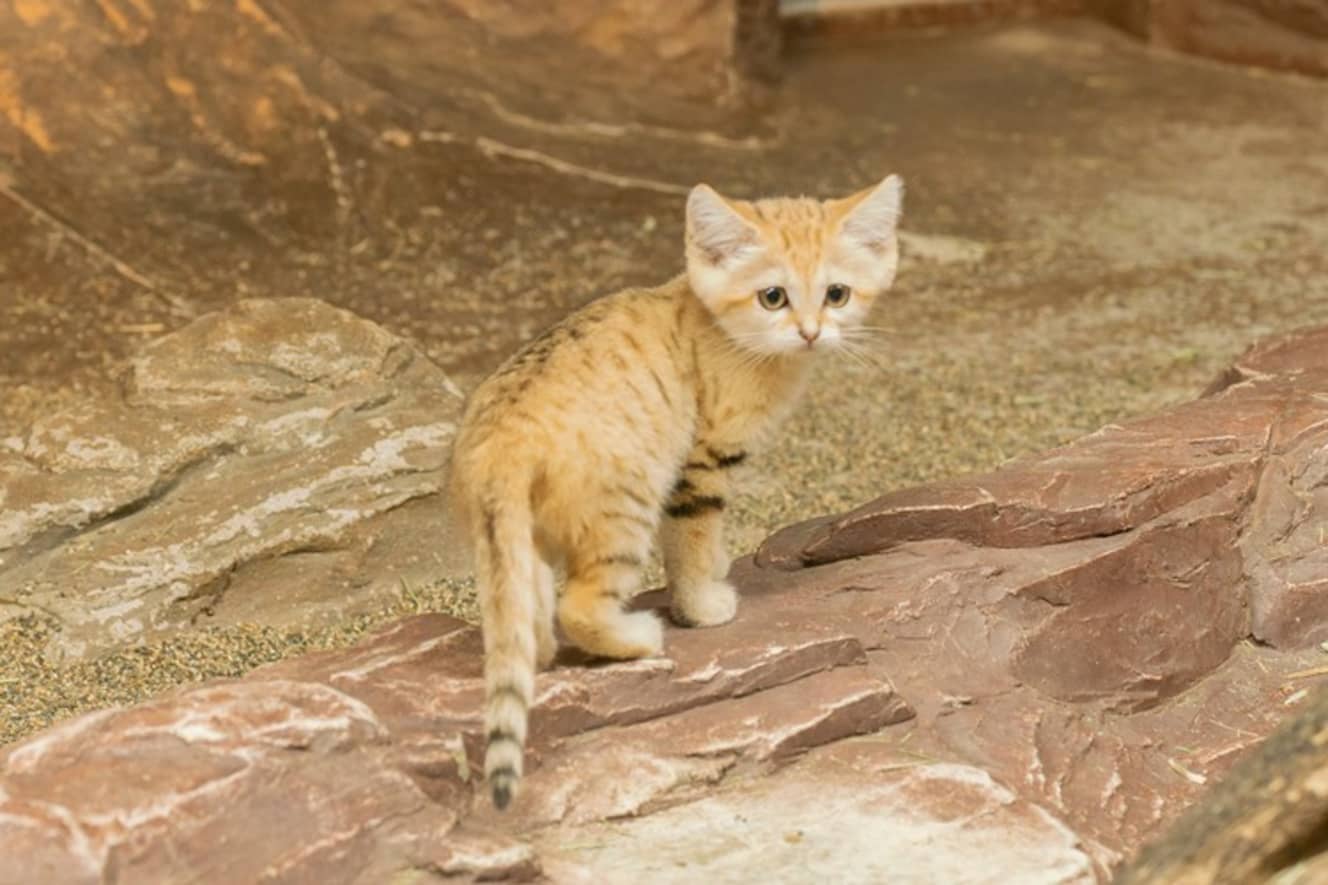
Baby sandhill cats are not strong enough to maintain their body temperature on their own. Therefore, they maintain their body temperature by huddling with their mothers and siblings. If babies are separated from their mothers or siblings, they will suffer from hypothermia and their lives will be in danger.
The rate of natural mortality in such cases is not much different in the wild and in captivity. In captivity, however, there is still hope for recovery through artificial nursing.
Two years ago, Nasu became the first place in Japan to succeed in artificial nursing.
In fact, when the triplets were born on February 2, two of them, Aldo and Najum, became hypothermic soon after birth. The artificial nursing method used at that time was a first for the conservation team in Nasu.
The method involved temporarily separating the babies from their mothers and providing nursing care. When the baby’s health recovers, it is returned to its mother and she continues to care for it.
Artificial feeding is a life-saving method, but it is risky. Once a baby is separated from its mother, the mother may not recognize it as her own. This can lead to abandonment and aggression toward the baby after it is returned to its mother.
The reason why the method of returning the baby to its mother was chosen this time was because “babies learn how to live from their mothers. For this reason, we want the mother to raise the baby as much as possible,” Hashimoto explains.
Therefore, we devised a strategy to avoid these risks. The strategy was to have the animals “wear their mother’s scent. The gloves used by the caregivers are rubbed with nesting material, and the caregivers wear gloves with the mother’s scent on them. In addition, the goal was to help them recover as quickly as possible so that they could be away from their mothers for a short period of time.
Ms. Hashimoto reveals what was on her mind when she realized the success of this effort.
The sight of the baby trying his best to live in his tiny body gave us all courage. We were relieved to see Aldo and Najum crawling under their mother’s belly after recovering from the intervention, and at the same time, we were saved by Jamil’s motherhood in accepting the cub.”
Now, after February 7, five days after Jamil gave birth to three cubs in Nasu, the exhibition of Barry was suddenly suspended in Kobe. The details were not disclosed, and fans were concerned about his health.
At that time, tension was at its peak in Kobe, as Barry was about to give birth to multiple cows for the third time and for the first time for Barry. Later, this birth would result in the birth of four snapping cats, the first in Japan (*).
Mizuki Baba, a member of the breeding staff, said, “After Nasu’s birth, we prepared ourselves for the increased possibility of being a caretaker.” Based on her experience with two births in Kobe and Nasu’s case, elaborate preparations were made for the birth.
The gestation period of a sand cat is 59 to 67 days, and on February 19, the 67th day of the gestation period, a baby quadruplet was born.
The breeding staff watched the birth through a camera monitor installed in the nest box. They were filled with joy at the birth of the first quadruplets in Japan, but the next moment they felt nervous because, compared to the other pups, the baby Yaqui’s mother was more beautiful than the other pups. Yash’s body looked smaller than the other cubs.
Yash, however, was lively despite his small size. Even though he was separated from his mother, he still managed to get close to her on his own, and he began to crawl under her belly to warm himself and drink milk. The mother, Barry, also showed her exceptional mothering skills by taking care of her babies with such devotion that it was hard to believe that this was her first time raising a multiple litter. Thus, on the day of the birth, we decided to watch over the mother and pups.
The next day, we weighed Yash, who weighed 50 grams. This was 70% of the average weight of newborns in captivity, which is about 71 g. Fortunately, there were no health problems. Nevertheless, the baby was still fragile and unpredictable. The mother was left to take care of the baby for a week.
During this time, Yash’s weight increased with each passing day, and although it was not possible to give up the baby, natural nurturing was chosen under the watchful eye of the breeding staff. In addition to Yash’s vitality, the mother Barry’s parenting ability was also a major factor in this decision.
Yash, who was raised by his mother along with his siblings, moved to Nasu on November 21. Baba said, “As a person in charge of the children’s lives, I couldn’t let up even for a moment until the move was completed safely.
The snub-nosed cats born at both parks have been moved to Saitama Children’s Zoological Park, Nagasaki Bio-Park, and Neo Park Okinawa for the purpose of breeding for the purpose of species awareness and conservation.
Visitors to the zoo where the Sunaneko pups are now living tell us about them, saying, “This is what they look like now. It warms our hearts when we talk about the sander cats with visitors. Just like you, we would like to watch over the snub-nosed kittens after they leave the nest.
The children love their mothers, and their mothers raised them with love and care. The story of life spun by the breeding staff, their guardians, will continue in the future.
The sandhill cat is a very sensitive wild animal. They may look cute, but they have a rough temperament and sharp teeth. Do not consider keeping them as pets.
(*)First in Japan among member zoos of the Japanese Association of Zoos and Aquariums
References
Scheffel V. W. Hemmer H. 1974. Notizen zur haltung und zucht der sandkatze (Felis margarita Loche 1858). Der Zoologische Garten 44:338-348.
Breton G. 2013. Sand Cat (Felis margarita) International Studbook Volume XXI, current to 31 January 2013-WAZA/Le Parc des Felins, 120 pages.
Sliwa A. 2013. Felis margarita. pp 199-202 in The mammals of Africa, Vols. I-VI (J. S. Kingdon, D. Happold, T Butynski, M. Hoffmann, M. Happold, and J. Kalina, eds.).Academic Press, Amsterdam, The Netherlands.
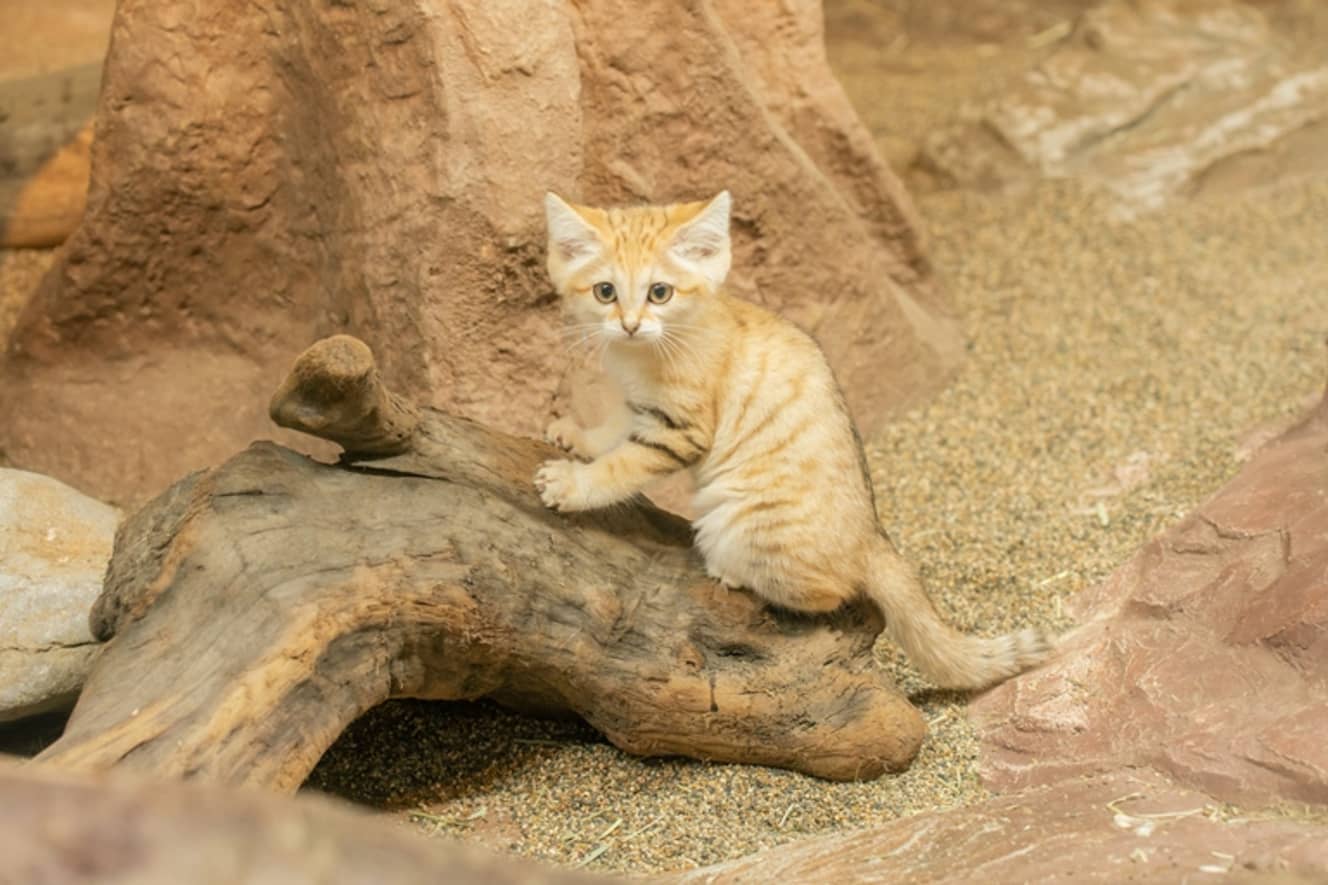

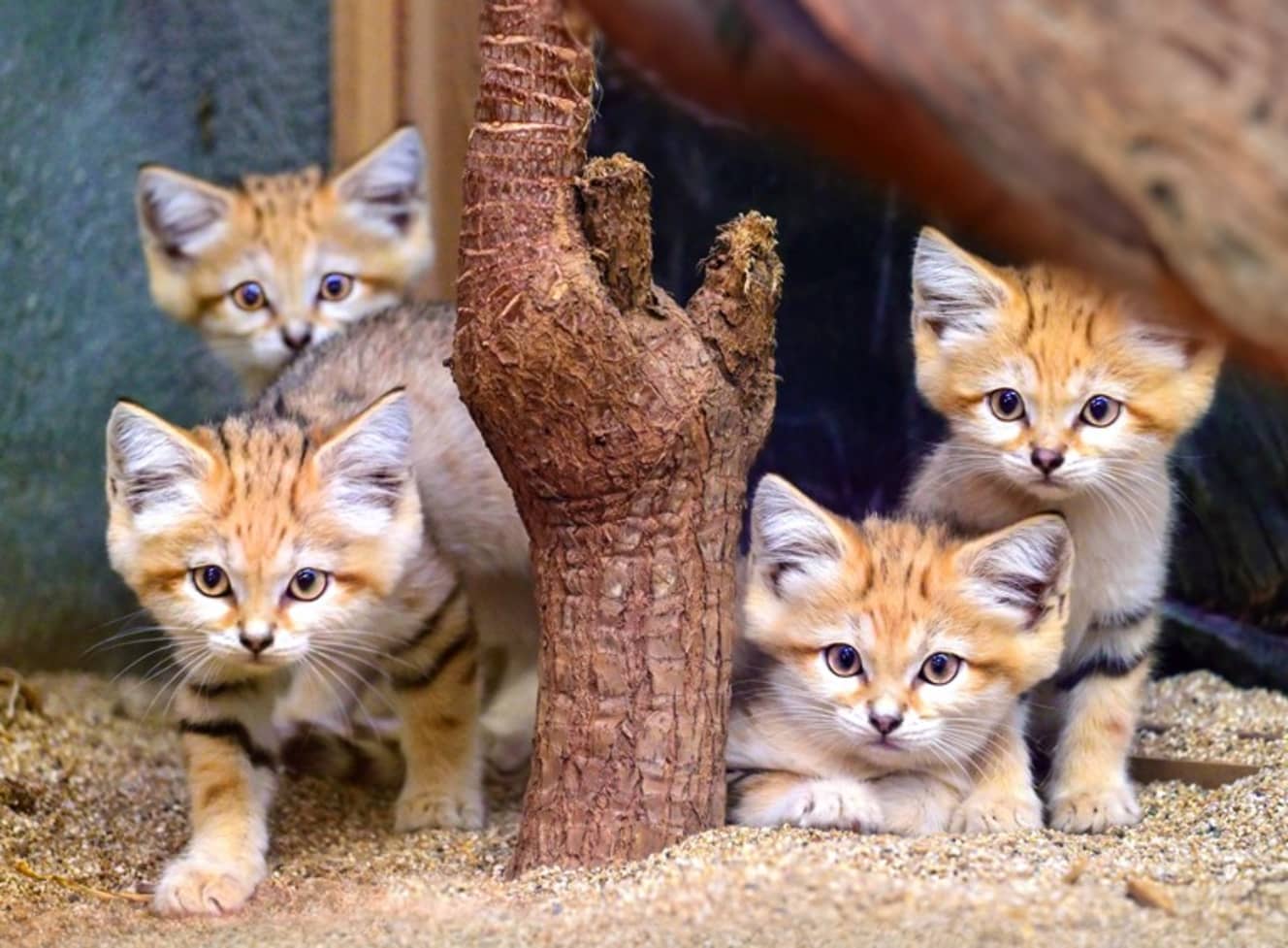
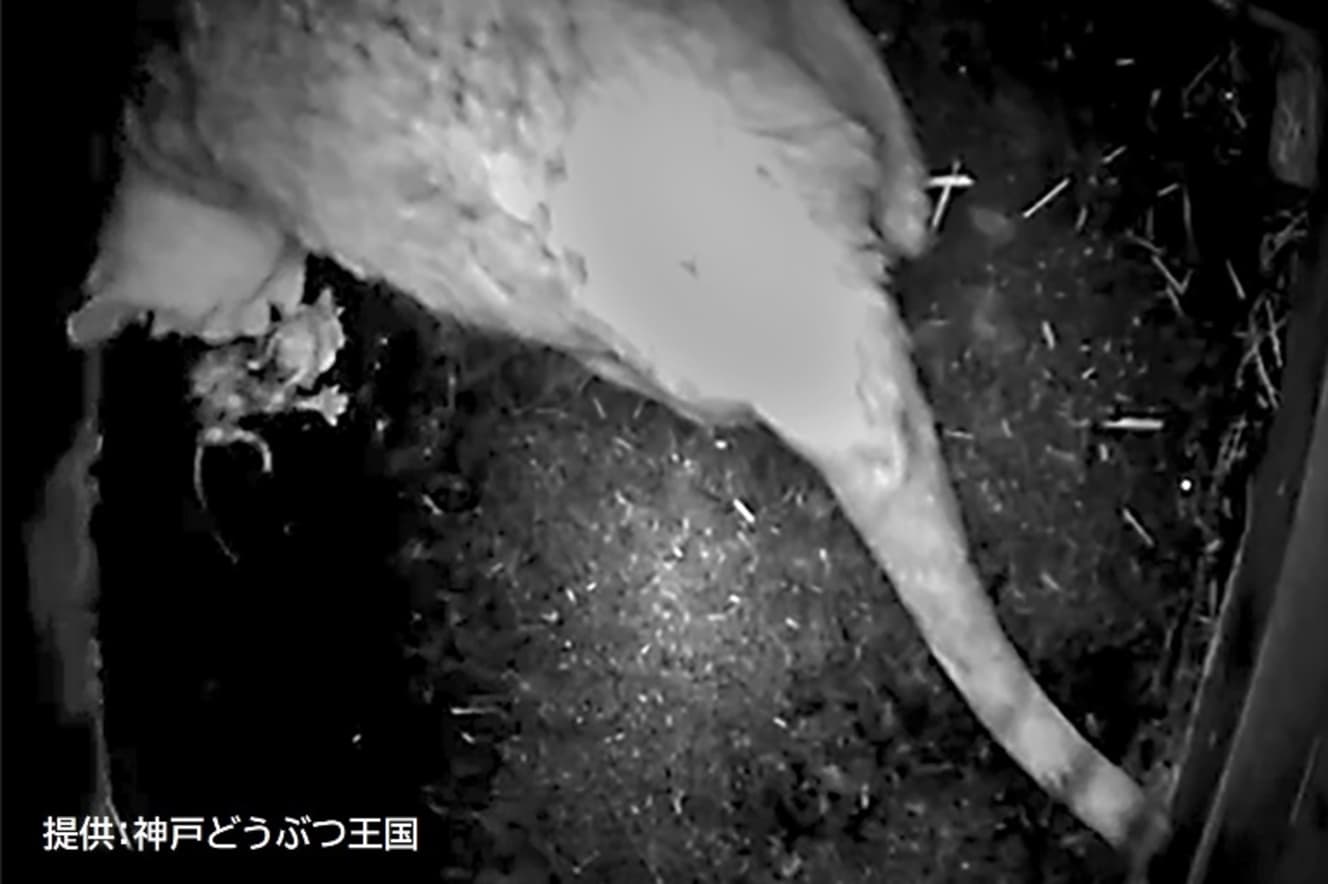
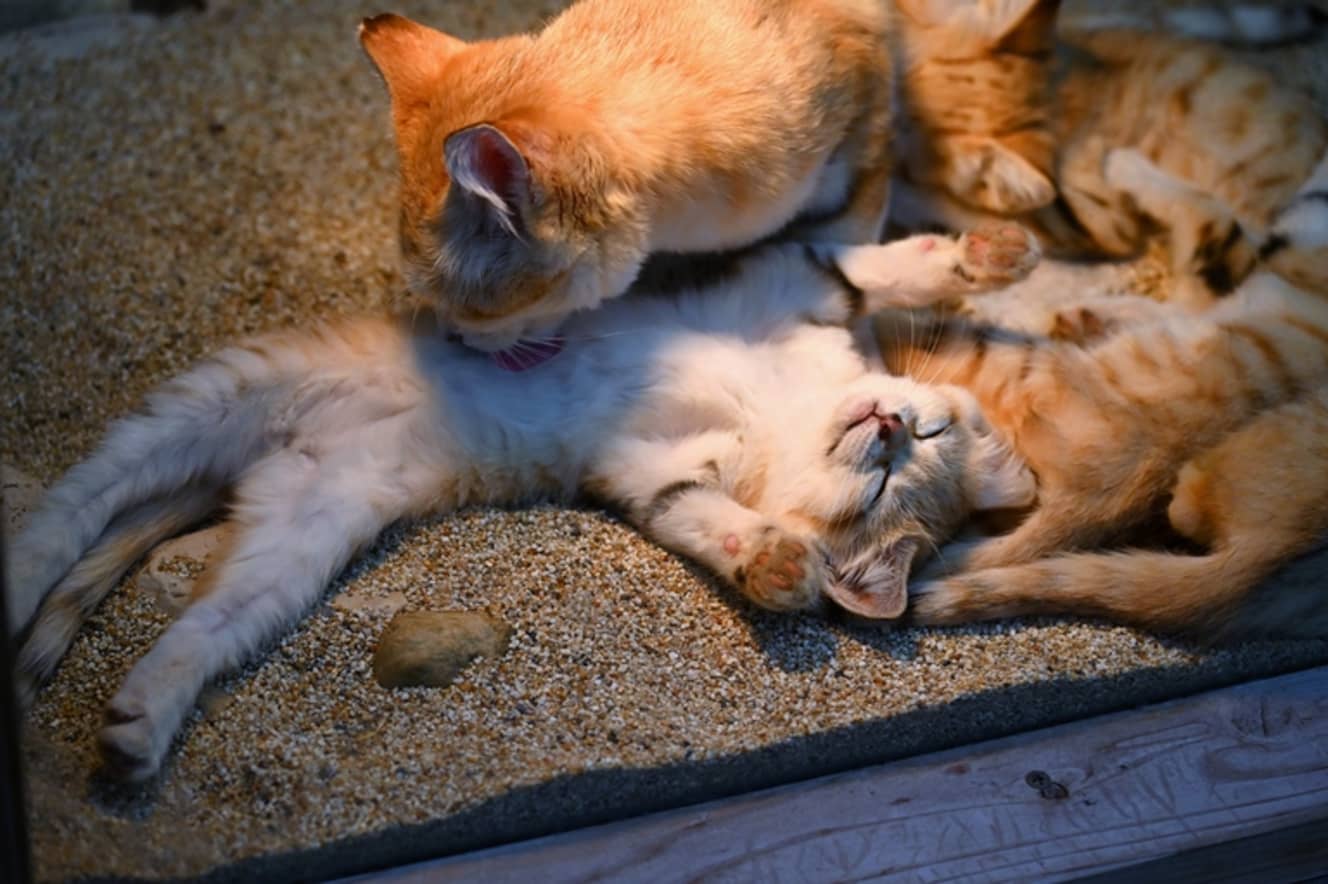
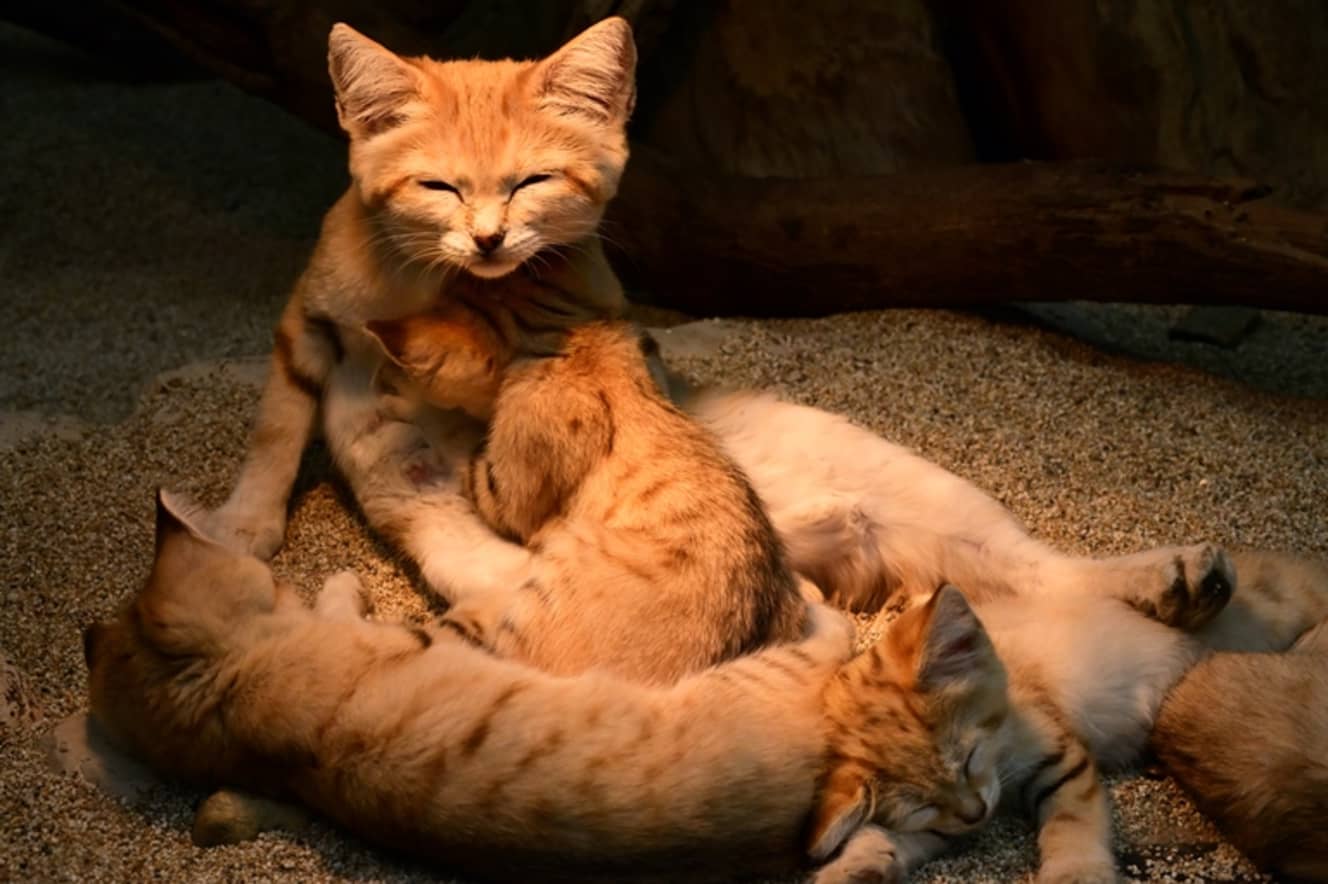
Interview, text, and photography: Shoko Sugiura (former clinical veterinarian)